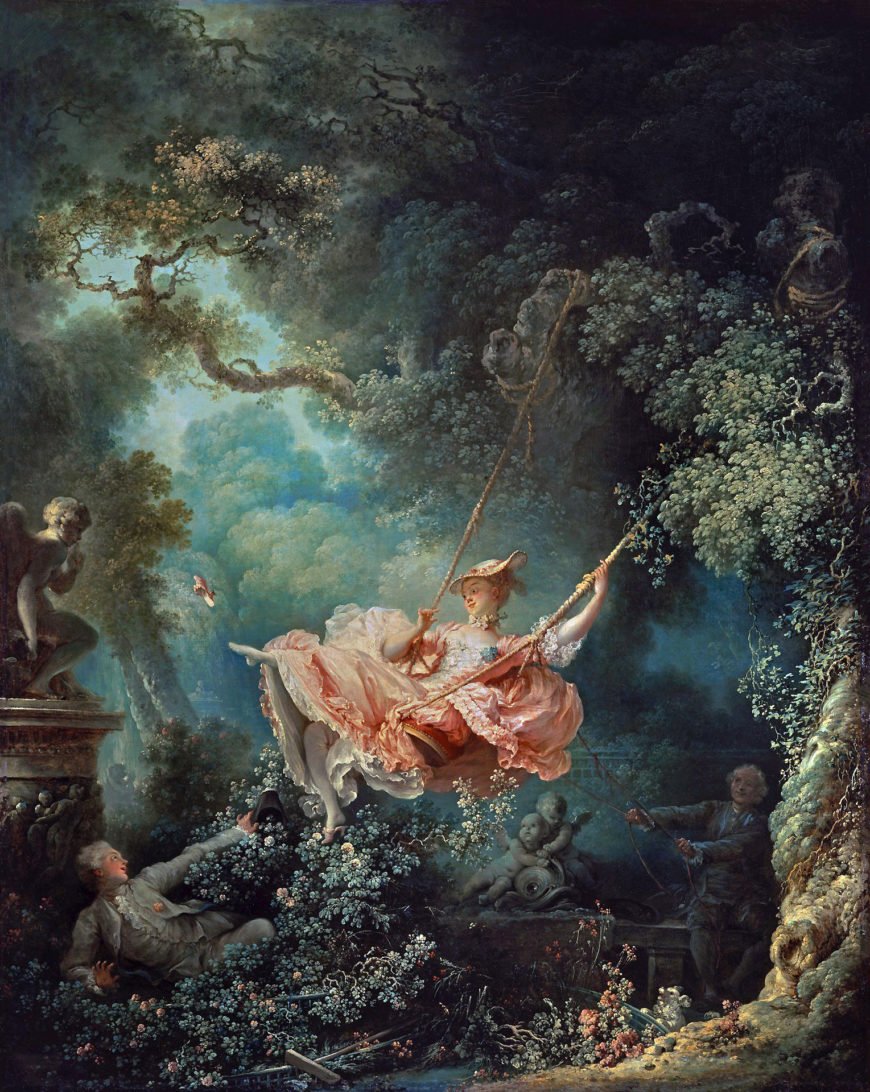The Rococo period has always fascinated me. There’s something about its elegance, soft colors, and playful charm that makes it feel almost dreamlike. Emerging in the early 18th century, Rococo was a reaction to the grandeur and seriousness of the Baroque era. Instead of dark, dramatic themes, Rococo artists embraced lightness, romance, and beauty. Their work feels like an escape into a world of luxury and fantasy, and that’s exactly why I love it.
One of my favorite things about Rococo art is its attention to detail. Artists like Jean-Honoré Fragonard and François Boucher created paintings filled with soft pastels, flowing fabrics, and delicate brushstrokes. Their scenes often depicted aristocrats lounging in lush gardens, playful love affairs, or even mythological figures surrounded by golden light. Looking at their work feels like stepping into a fairy tale—one filled with music, laughter, and endless beauty.
One of my favorite things about Rococo art is its attention to detail.
But Rococo wasn’t just about paintings. It influenced everything from architecture to fashion. Ornate furniture, gilded mirrors, and intricate ceiling frescoes filled the homes of the wealthy, making everyday life feel like a work of art. Even today, you can see traces of Rococo style in modern design, proving that its charm never truly faded.
For me, Rococo is more than just an art movement—it’s a reminder that art can be lighthearted, joyful, and enchanting. In a world that often feels heavy, sometimes we all need a little Rococo magic to brighten our day.
Whirls of gold and light,
Soft pastels and joy take flight,
Elegance in bloom.






